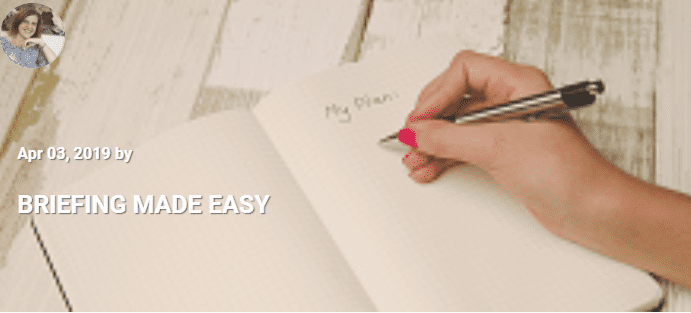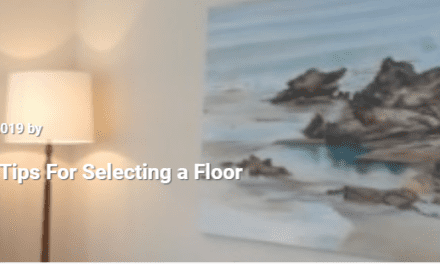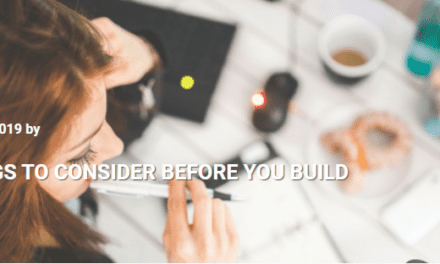Creating a brief is not something that everyone thinks of when about to build a home or engage any number of experts they may need to create the home of their dreams.
However, creating a brief is a really good exercise to get everyone on the same page and to ensure your thoughts and ideas are captured as cohesively as possible so it’s able to be followed.
A brief can be used for your architect, interior designer, landscaper, and the list goes on.
SO WHY CREATE A BRIEF?
Creating a brief puts you ahead of the game in being able to communicate what you’re trying to achieve, and opens up the discussion so that the response to the brief is exactly what you’re after. The old adage of ‘you get out what you put in’ is very true in this instance.
A brief communicates your vision for how you want to live now, and in the future, to the people who will be designing your home.
1. Ensure that the design meets your expectations; your wants, your desires, and the functionality the home has to have. To ensure that the design reflects how you live your life. What elements do you require? What’s your lifestyle, and how does the home have to respond to that?
2. It gives you something to refer back to when you’re reviewing the output of the brief, so when you get the plans and concept drawings back, you’re able to cross reference if all the elements of the brief have been met in the concept and design. You can forget points, so having the brief to compare is a great way to sanity check the design response.
3. It creates a dialogue for everyone who’s involved in the project – husband, wife, children, whoever it is. It allows you to engage in discussion to ensure that everyone is included. What do individuals want out of the home? How do they want particular areas to be? How do they want rooms to work, their interaction with other spaces, and the outdoors? It allows everyone to have input and creates a more comprehensive brief as all the ideas come together and consolidate into one document.
HOW TO BRIEF
- Visual brief – create a portfolio of images of things you love, either online or from magazine cuttings. A picture tells a thousand words!
- Written brief – a list of ‘must haves’ Vs ‘nice to haves’ is a good place to start. Also include the overall look and feel you’re after, a snapshot of how you live your lives, what’s important to you, what are critical spaces you feel you need, and for what purpose.
- Verbal brief – used in-conjunction with a verbal and/or written brief it’s an ideal way to discuss your ideas and ensure your brief is understood.
One of the reasons why I use a brief, for all myriad of different things, is it allows me to really think about my objectives, what I’m trying to create, and why. I get clarity, which I’m then able to communicate more clearly to someone else.
I hope this helps you with how to formulate your own brief for the experts you’re engaging on your own project.





